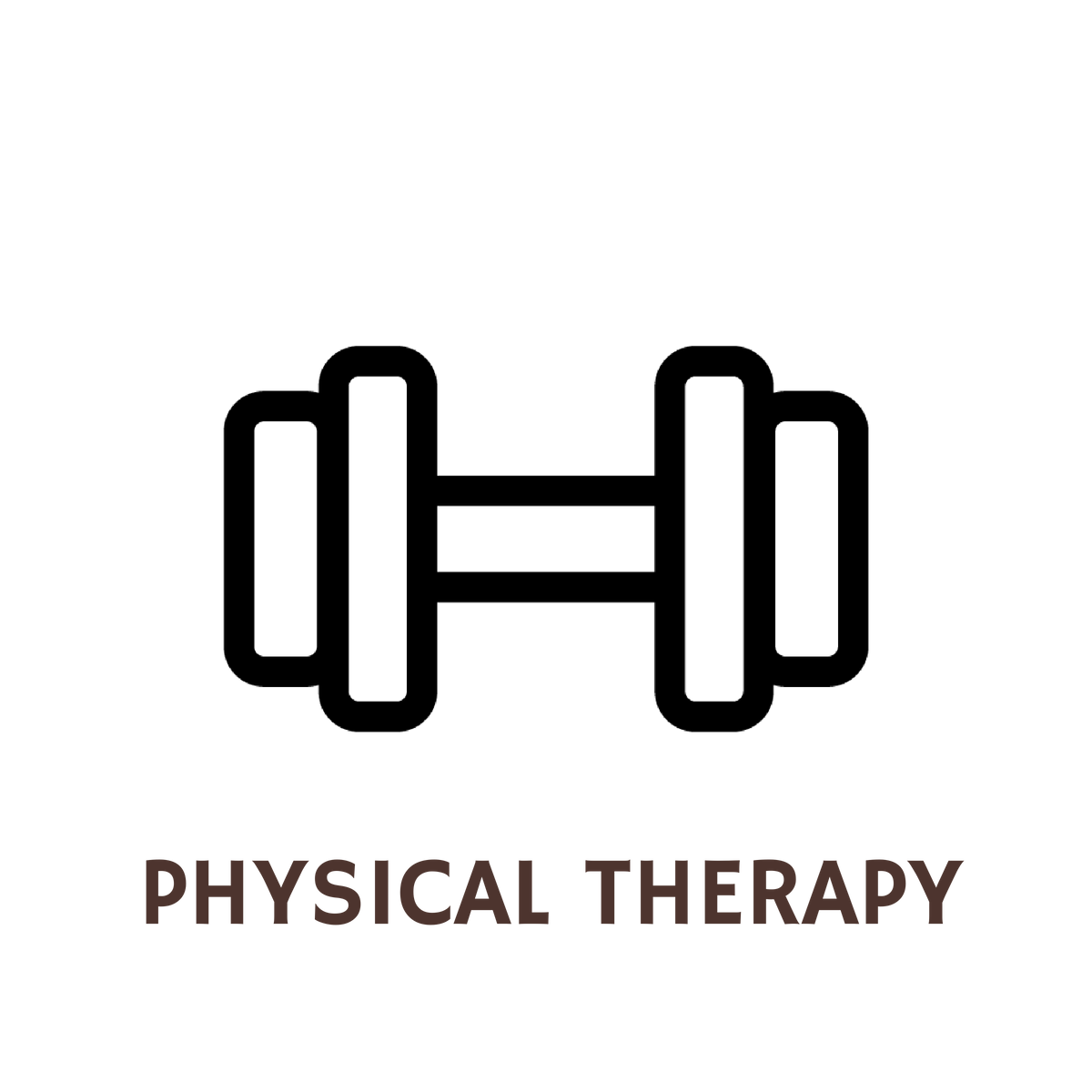Physical Therapy Degrees: Your Path to Becoming a PT

Embarking on a career in physical therapy is a rewarding journey that begins with the right education. Whether you're exploring physical therapy degrees for the first time or seeking to advance your career, understanding the path to becoming a licensed physical therapist (PT) is crucial. This guide will walk you through the essential steps, from choosing the right program to achieving your certification, ensuring you’re well-prepared for this fulfilling profession. physical therapy degrees, physical therapist education, PT career path
Understanding Physical Therapy Degrees

Physical therapy degrees are designed to equip students with the knowledge and skills needed to diagnose and treat patients with physical impairments. The most common degrees include the Doctor of Physical Therapy (DPT), which is the entry-level degree required for practice in the United States. Other options may include a Master of Physical Therapy (MPT), though these are less common today. physical therapy degrees, DPT programs, MPT programs
Steps to Becoming a Physical Therapist

1. Earn a Bachelor’s Degree
Before enrolling in a DPT program, you’ll need a bachelor’s degree. Common majors include exercise science, kinesiology, or biology, as they provide a strong foundation in anatomy, physiology, and biomechanics. physical therapy prerequisites, bachelor’s degree for PT
2. Complete Prerequisite Courses
Most DPT programs require specific prerequisite courses, such as chemistry, physics, and statistics. Ensure your undergraduate coursework aligns with these requirements. physical therapy prerequisites, PT coursework
3. Pass the GRE
Many programs require GRE scores as part of the application process. Prepare thoroughly to achieve a competitive score. GRE for physical therapy, PT admissions
4. Enroll in a DPT Program
Choose an accredited DPT program that fits your career goals. Programs typically last 3 years and include a mix of classroom learning and clinical internships. physical therapy schools, DPT programs
5. Gain Clinical Experience
During your DPT program, you’ll complete clinical rotations in various settings, such as hospitals, outpatient clinics, and rehabilitation centers. This hands-on experience is vital for developing practical skills. clinical rotations, PT internships
6. Pass the NPTE
After completing your DPT, you must pass the National Physical Therapy Examination (NPTE) to become a licensed PT. This exam tests your knowledge and readiness for practice. NPTE exam, PT licensure
💡 Note: Accreditation is key when choosing a DPT program. Ensure the program is accredited by the Commission on Accreditation in Physical Therapy Education (CAPTE) to meet licensure requirements.
Checklist for Aspiring Physical Therapists

- Complete a bachelor’s degree in a related field.
- Fulfill prerequisite courses for DPT programs.
- Take and achieve a competitive GRE score.
- Apply to accredited DPT programs.
- Gain clinical experience through rotations.
- Pass the NPTE for licensure.
Becoming a physical therapist is a challenging yet deeply rewarding journey. By earning the right physical therapy degree, gaining practical experience, and passing the necessary exams, you’ll be well on your way to making a positive impact on patients' lives. Start your path today and transform your passion for healing into a thriving career. physical therapy degrees, PT career, becoming a physical therapist
What is the difference between a DPT and MPT?
+The DPT is the entry-level degree required for physical therapy practice today, while the MPT is an older degree that is less common and no longer considered entry-level.
How long does it take to become a physical therapist?
+It typically takes 7-8 years, including a 4-year bachelor’s degree and a 3-year DPT program, followed by licensure exams.
Do I need a specific bachelor’s degree for PT school?
+No, but majors in exercise science, kinesiology, or biology are preferred due to their relevance to physical therapy coursework.



